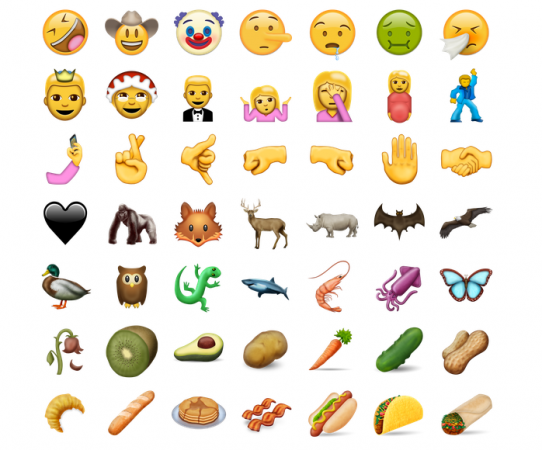
Emojis, ideograms and smileys used in electronic messages and web pages, are set to feature in the Museum of Modern Art (MoMA) in New York, next to works by Pablo Picasso and Jackson Pollock.
MoMA has attained the license to display emojis and the installation is scheduled to open in December, but it is still unclear how they will be displayed.
Nippon Telegraph and Telephone, or NTT DOCOMO, developer Shigetaka Kurita had designed the original set of 176 emojis and released them for cellphones and pagers in 1999. By 2006, Alphabet Inc.'s Google (GOOGL.O) was offering emojis for use in its Gmail service, and Apple (AAPL.O) added them in 2011 to its iOS messaging app.
The original 12 x 12 pixel images were blueprints to what has now expanded and evolved into the emojis widely used today.
"Emojis as a concept go back in the centuries, to ideograms, hieroglyphics, and other graphic characters, enabling us to draw this beautiful arch that covers all of human history," Paola Antonelli, a senior curator at MoMA's Department of Architecture and Design, was quoted saying by Reuters
Just as the furore generated on the internet after Dylan was awarded the Nobel Prize for literature two weeks ago, one can expect art enthusiasts, cultural critics and the public at large to oppose Paola's comments as they may be divided over whether or not emojis deserve to be featured next to coveted artists such as Picasso and others.

















